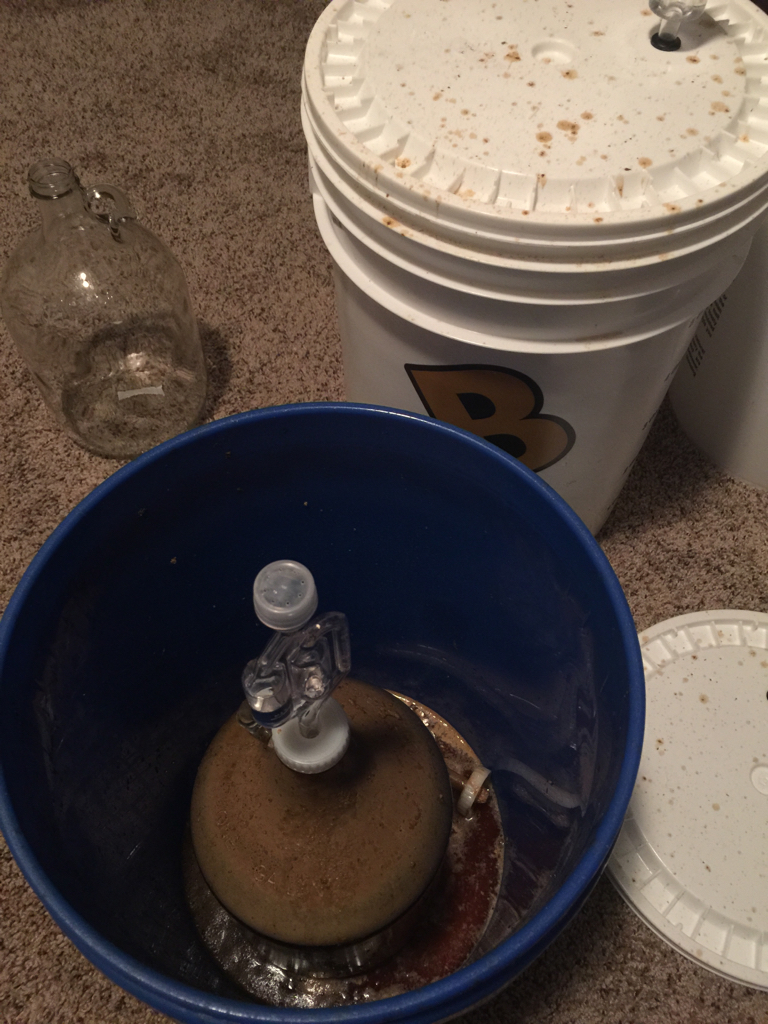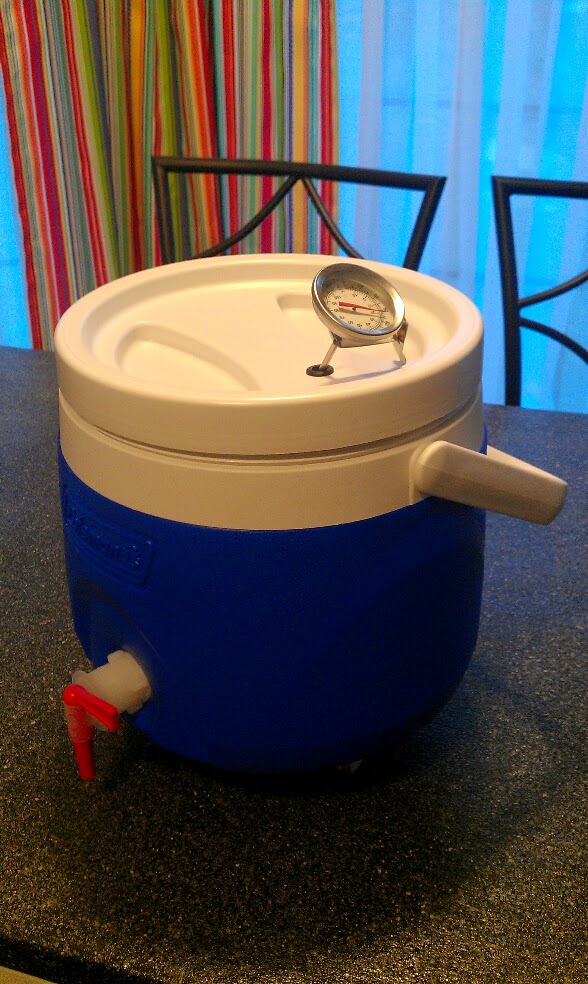user 30639
Well-Known Member
- Joined
- Jan 13, 2009
- Messages
- 881
- Reaction score
- 66
So for the new year, my brewing resolution was to simply brew more. To accomplish this, I've decided I want to switch from 5 gallon batches to 3 gallon batches. My reasoning is:
Recipe formulation doesn't look to be too difficult. I use BrewPal for my software and it looks like I can scale back to 3 gallon batches without a problem in terms of grains and hops.
First question is yeast, I'm assuming using a Wyeast pack or White Labs package like normal is the way to go, and you don't have to use 3/4 or a pack or something like that?
How do you calculate how much water to start with? I've always done stovetop brewing and never do full boils. I always do 60 minute boils.
Been thinking about getting one of the 3.2 gallon Speidel tanks. Not enough headspace? I also noticed that the lid isn't set for an airlock. Could you drill a hole for one without cracking the plastic.
Anyone else do a lot of 3 gallon batches, anything else to know?
- Smaller batches mean buying less ingredients which means less money per batching, meaning more money for more batches.
- I'll go through beer faster and always have fresher beer on tap. My current setup is to bottle 1 - 2 gallons of each batch and keg the rest. But SWMBO doesn't really drink, so it takes a while to empty a keg
- More beers available to enter competitions, something I've been wanting to do for a while.
- I can do full boils, something I haven't been able to do on my apartment stove.
- It's a good excuse to buy more equipment
Recipe formulation doesn't look to be too difficult. I use BrewPal for my software and it looks like I can scale back to 3 gallon batches without a problem in terms of grains and hops.
First question is yeast, I'm assuming using a Wyeast pack or White Labs package like normal is the way to go, and you don't have to use 3/4 or a pack or something like that?
How do you calculate how much water to start with? I've always done stovetop brewing and never do full boils. I always do 60 minute boils.
Been thinking about getting one of the 3.2 gallon Speidel tanks. Not enough headspace? I also noticed that the lid isn't set for an airlock. Could you drill a hole for one without cracking the plastic.
Anyone else do a lot of 3 gallon batches, anything else to know?





